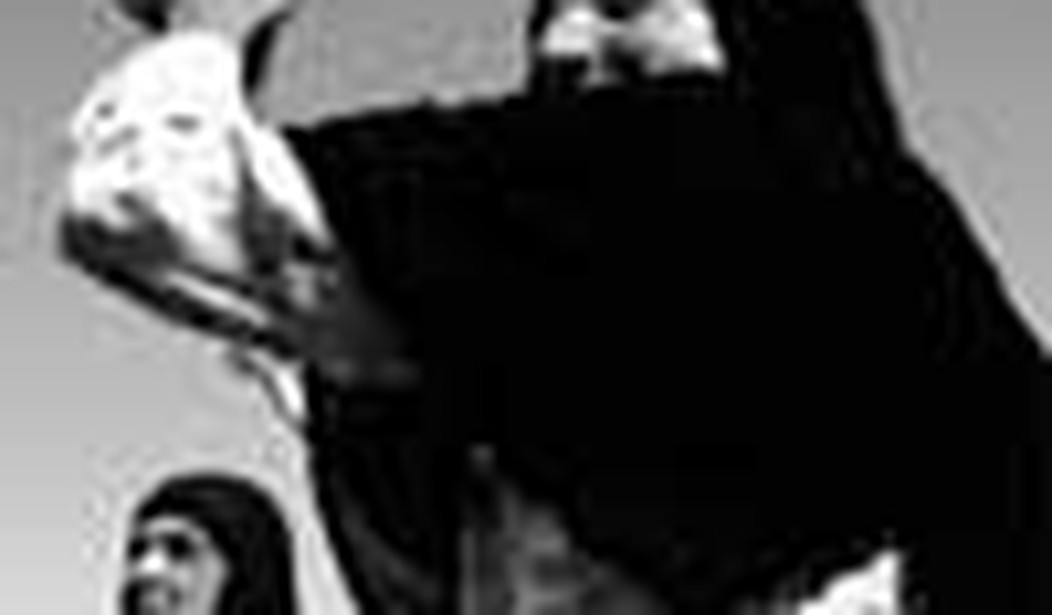“Collective punishment” is a term used often used to describe Israel’s retaliation against Hamas terrorist attacks. Tehran is the first government to talk in the strongest possible terms of the actions of the Israeli government. The Iranian regime’s claim to represent the interests of Arabs better than the Arab League is belied by the brutal persecution of indigenous Ahwazi Arabs living within its own territory, which have been under direct rule from Tehran since the end of self-government in 1925.
This week Iran cut off drinking water supply to Arab villages along the left bank of the Shatt al-Arab, causing social unrest and fears of an outbreak of disease in the indigenous population. Ahwazi Arabs are the most deprived and persecuted ethnic group in the Middle East, with human development indicators at an African level and far below those of the Palestinians. This ethno-national group has been subjected to forced relocation, land confiscation, cultural repression, state terrorism, mass executions and economic disadvantage, despite their land being one of the most oil-rich regions in the world. In all, at least 300,000 hectares of Arab land have been stolen by Tehran since 1979. By way of comparison, in almost 40 years of occupation of the West Bank, the Israelis are estimated to have confiscated some 394,000 hectares of Palestinian land. Being deprived of drinking water is simply the latest atrocity committed against a people.
Although the area has many large rivers — including the Karoon, the Karkeh, and the Shatt al-Arab — water has become salinated by intensive sugar cane production and polluted by the petrochemical industries. This makes the water undrinkable, particularly at the mouth of the Karoon where it feeds into the Shatt al-Arab. In the late 1990s, riots broke out in the oil town of Abadan (which lies on the Shatt Al-Arab) over the lack of clean drinking water. The security forces killed dozens of Ahwazi Arabs in these water riots. The government eventually responded to the problem by supply drinking water in tanks that served villages and towns in the affected areas. The halt in drinking water supply is likely to lead to outbreaks of water-born diseases such as cholera and typhoid — in a region which has more oil than Kuwait and the UAE combined.
The intention behind the action is two-fold: to punish and intimidate the restive Arab population and to drive them off their traditional lands in order to strengthen the regime’s military presence in the region and bolster the economic interests of a predatory religious elite. Ahwazi Arabs are being punished for armed attacks on bus convoys operated by the Rahiyan-e-Nur, a section of the hardline volunteer paramilitary force, the Bassij, which is responsible for visits to the Iran-Iraq War battlefields. The Bassij are hated by the Ahwazi Arabs, largely because the Bassijis are deployed to murder any Arab opponents of the regime.
Tehran’s action is also thought to be part of a long-term plan to force indigenous Arabs from their villages to expand the Arvand Free Zone, a military-industrial complex being developed along the Shatt al-Arab. Arabs living on Minoo Island, south of Abadan, have already faced state intimidation and expulsion. Most Ahwazi Arabs believe this is in line with the government’s ethnic cleansing program, which was outlined in a letter written by the then vice-president Ali Abtahi and leaked to the press in April 2005.
Ultimately, control over the Shatt al-Arab — achieved by settling a loyal non-indigenous population on traditional Arab land — will give Iran a stranglehold over Baghdad and therefore the entire Middle East. The ethnic cleansing of Ahwazi Arabs is nothing less than a prelude to the extension of Iran’s empire. It is also a projection of the principle of Velayat-e-Faqih, which is rule by Shi’ite religious jurisprudence and headed by Iran’s Supreme Leader. The presence of a large, dispossessed, and restless Arab population along the border is simply the last obstacle in the way of Iran’s plan to expand its sphere of influence. What better tactic than to drive them out with disease and starvation?
The issue of Ahwazi Arabs is therefore crucial to security in the Middle East. Yet Ahwazi Arabs can not rely on their Iranian compatriots for support. Iranian “opposition” movements have often indicated that they would stand beside the current regime against Ahwazi Arabs to prevent what they see as the destruction of their country by an “alien” race. This is in the spite of the fact that Ahwazis themselves do not advocate secession. Ahwazi Arabs also have few friends in the Arab world. As they are predominantly Shi’ite, Ahwazis elicit little sympathy from their Sunni Arab brothers. Moreover, many governments in the region are careful not to upset the militaristic and aggressive power lying to their north, viewing the Ahwazi issue as a struggle that could cause them unnecessary problems were they to be involved.
If the Iranian regime is to be prevented from driving the Ahwazi Arabs literally off the map, then it’s vital that their predicament be placed firmly on the political map here in the West as well as the Arab world. International solidarity is essential for ending the persecution of Ahwazi Arabs and arguably more important than the Palestinian issue in order for securing regional political stability — particularly in Iraq.
Daniel Brett is the Chairman of the British Ahwazi Friendship Society.









Join the conversation as a VIP Member